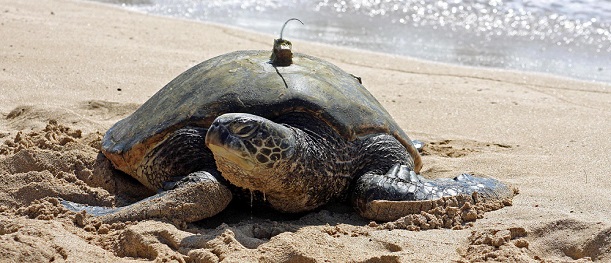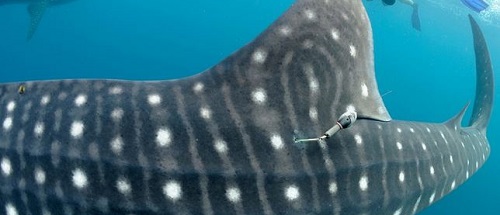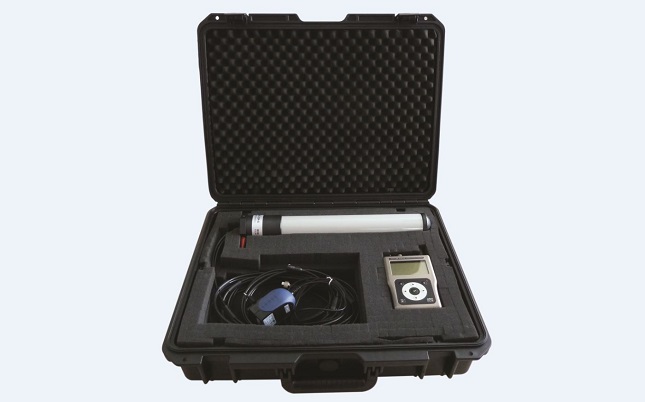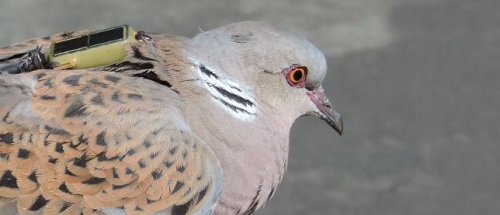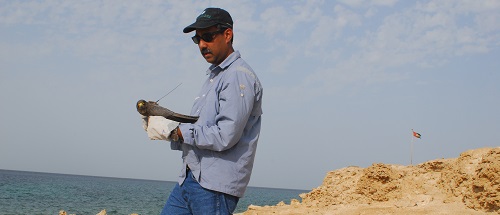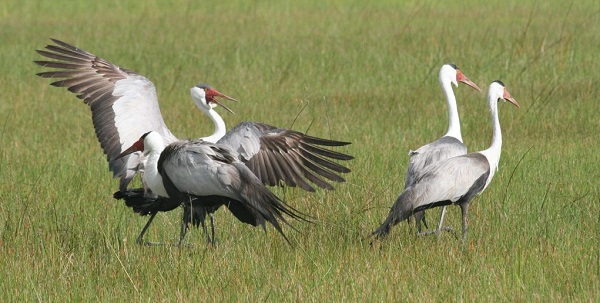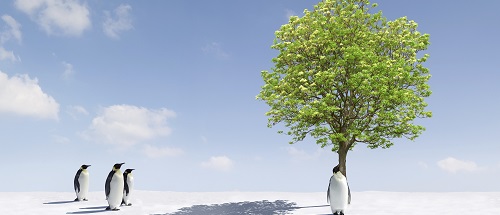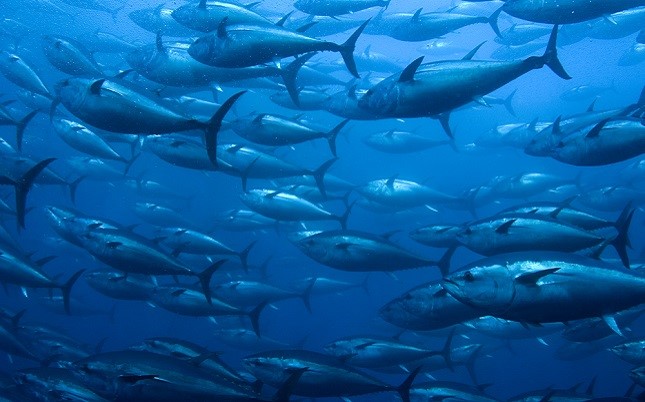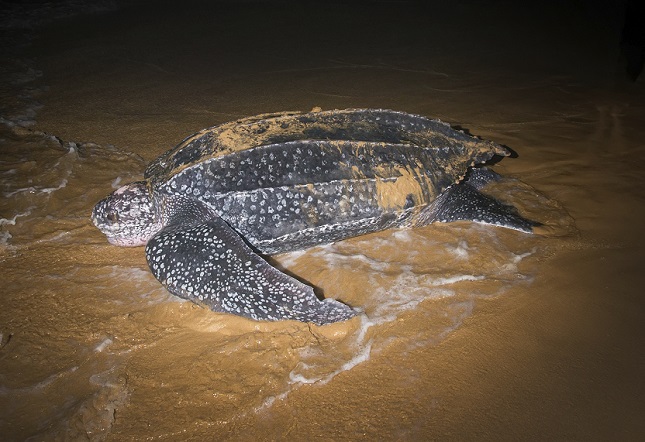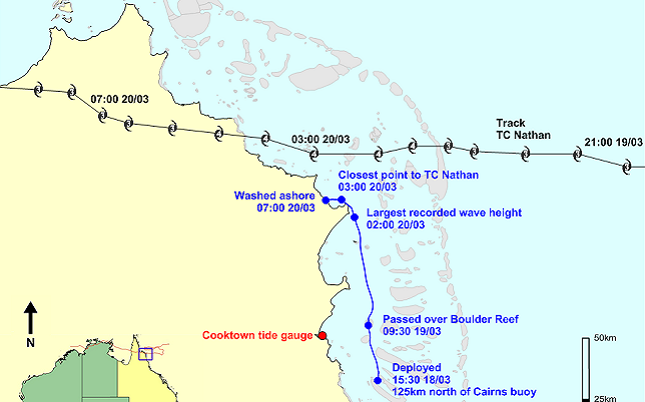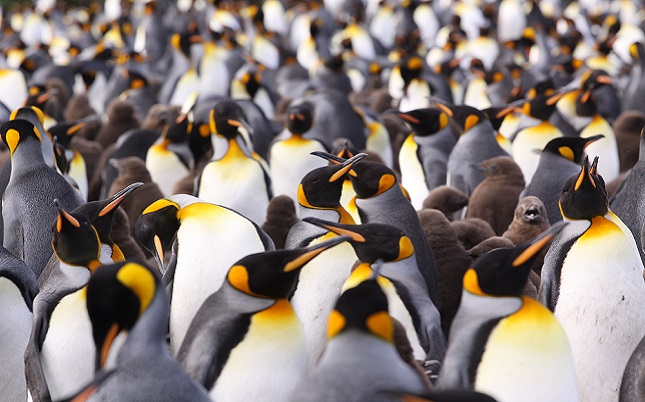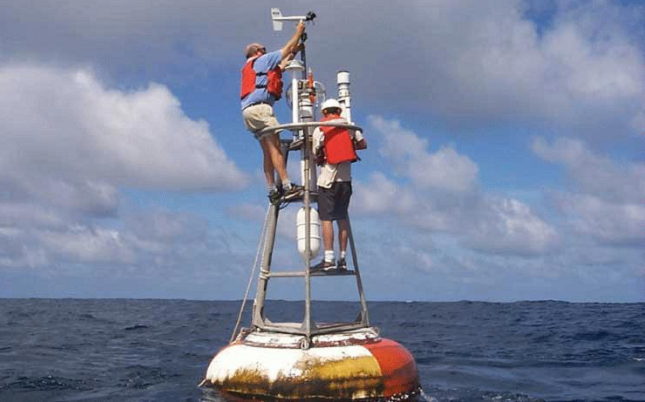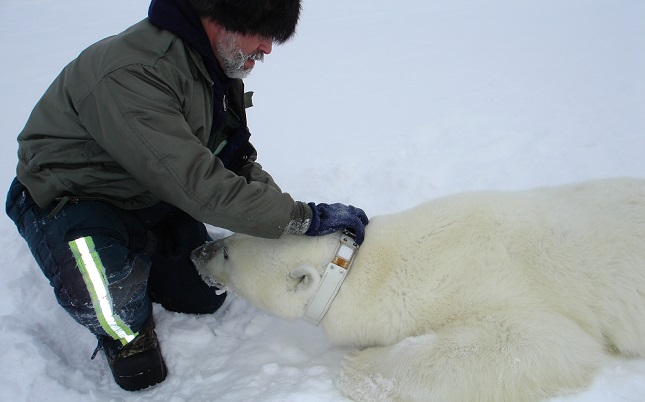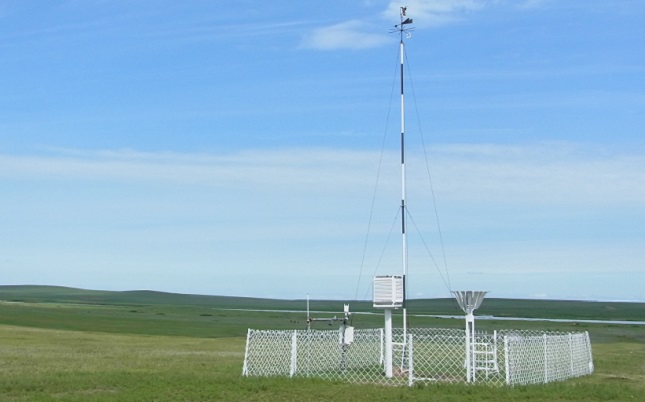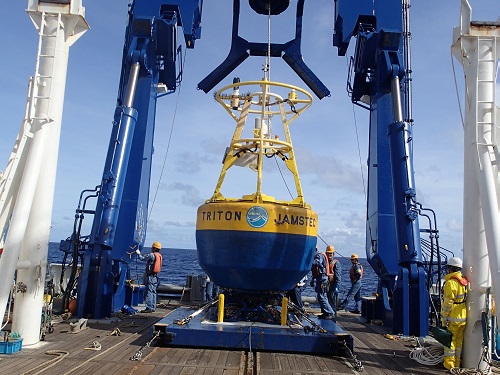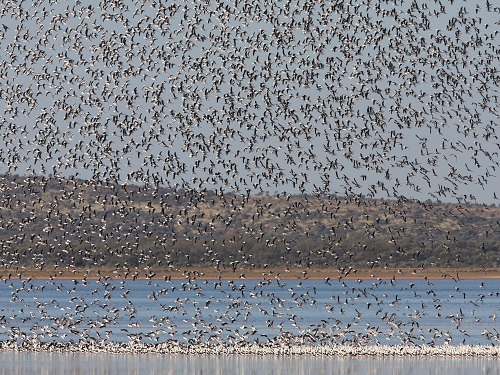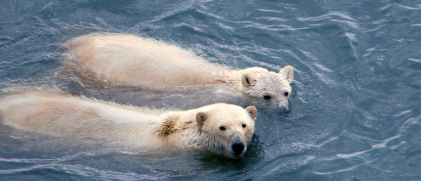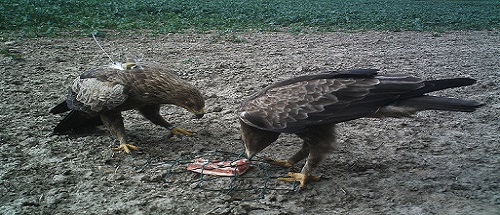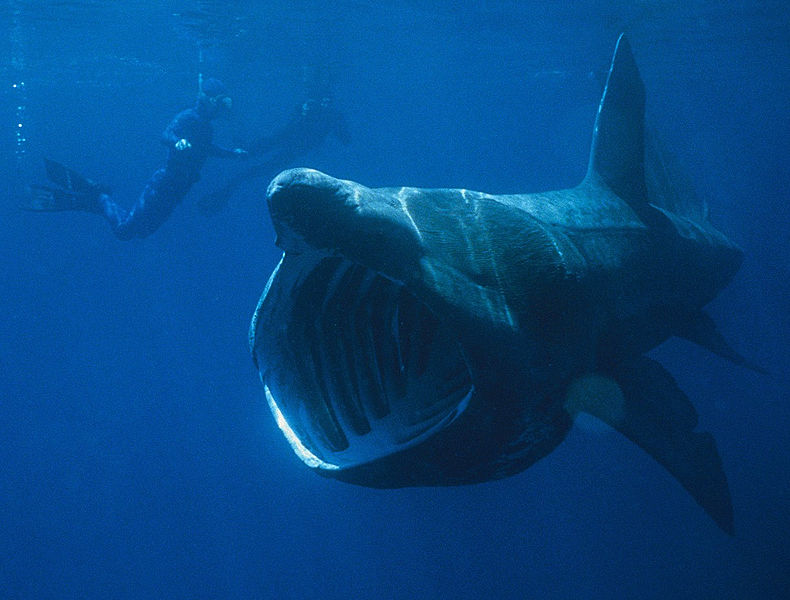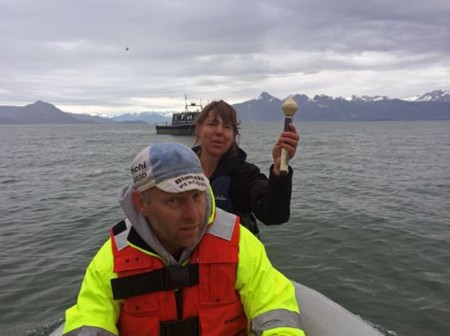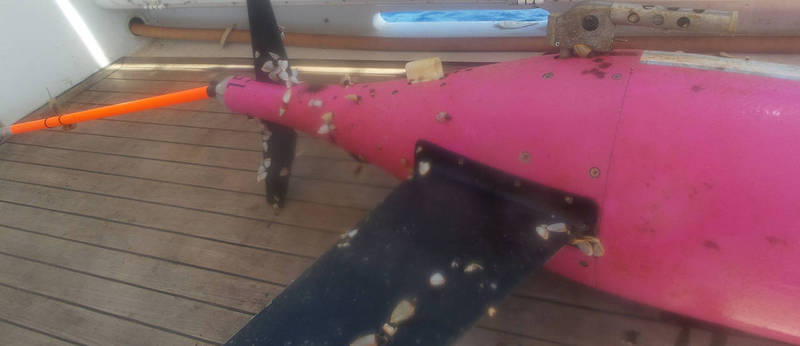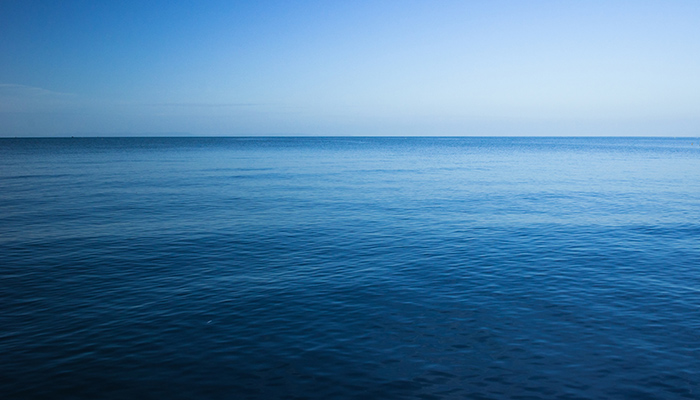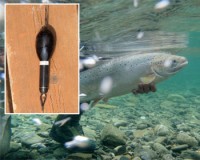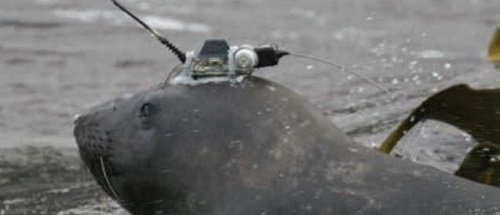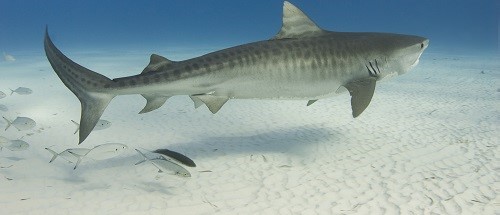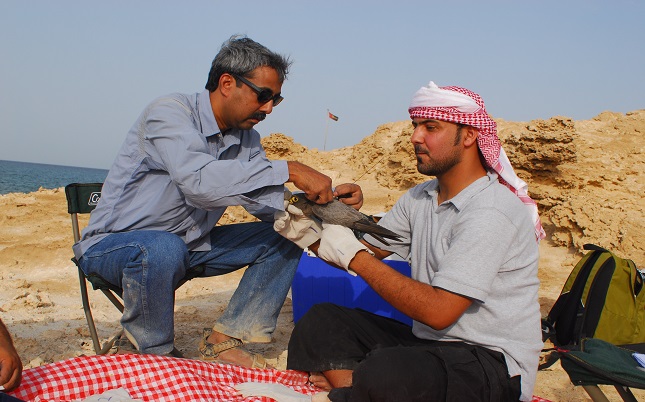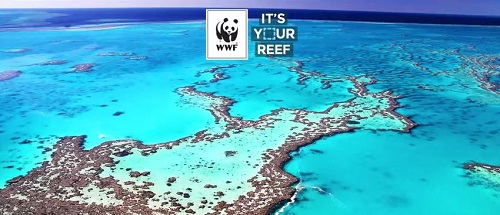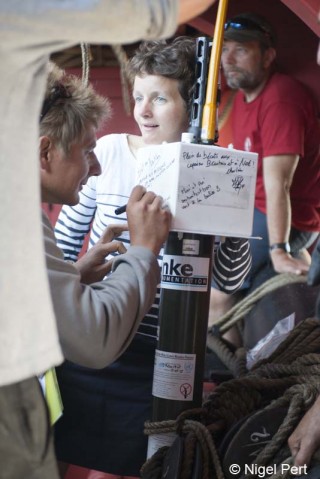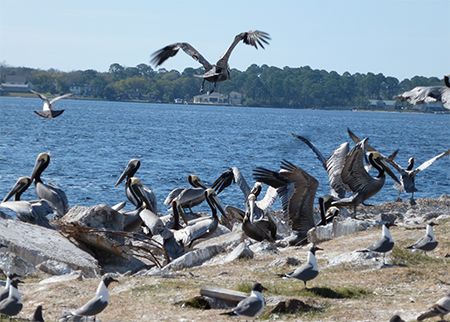Argos News
Search filters
Workshop for French Argos Wildlife Users
Are you an Argos user or a future Argos user in France? On October in Toulouse, CLS will host a one-day seminar for French Argos wildlife users, marking a significant milestone for the national...
Follow HUNIDA, a Whale Shark Near Djibouti with MEGAPTERA Association
The first whale shark was tagged in the Gulf of Tadjoura, Djibouti, 2006. Two more followed in 2011. The Argos system allowed the association to track one of the whale shark until island of Socotra....
New Goniometer RXG-134 for Argos Tag Recovery
The Argos signal can be received on the field from few meters to more than 100 km.
Turtle Doves Followed by the Satellite Tracking System Argos
To know the precise location of staging areas and habitats are fundamental issues to better adapt future conservation measures that can be developed towards this species in decline. The arrival of...
Satellite Tracking Migratory Birds From The United Arab Emirates
Dr. Salim Javed, Manager, Terrestrial Assessment and Conservation Section at Environment Agency - Abu Dhabi Dr. Salim Javed has undertaken and completed several important projects on birds including...
1st Argos Asian Bird-Tracking Workshop
As Argos users, manufacturers or potential users you’re welcome to attend this regional Argos workshop on bird tracking. Objectives The objectives of this Scientific and Technical meeting are:...
1st South American Wildlife Tracking Workshop
As Argos users or potential users, you’re welcome to attend this regional workshop on satellite wildlife tracking. The objectives of this meeting are: Provide a forum for scientists, biologists,...
100,000 Animals Tracked for 30 Years by Satellite
Global warming in the Arctic means that ice fields are forming later and later in the year. Polar bears linger for longer on the coastlines. Their hunger pushes them to venture increasingly into...
Sharpening Climate Change Predictions for Marine Fishes
Climate change will impact fishes in complex ways, from high-energy-demand species such as yellowfin tuna, to more sedentary animals such as tilapia. While the ability to predict these impacts is...
How Leatherback Turtles Will React to Climate Change
Pacific leatherbacks, a species that is already in sharp decline due to development on nesting beaches, illegal egg harvesting and fisheries bycatch, may also be vulnerable to climate change. In a...
Monitoring Cyclonic Waves
One of the consequences of climate change is that the intensity and frequency of severe weather events such as tropical cyclones is predicted to change into the future. Of particular concern to...
What Future for Crozet Island’s King Penguins?
Predicting the impact of future environmental changes on biodiversity is today a major challenge for ecologists. This is particularly true in the polar regions, where climate change is faster and...
Argos: An Enabling Technology for Climate Research
The arrival of Argos in the late 1970's coincided perfectly with an exciting shift of emphasis in ocean and meteorological research. Single discipline studies were being replaced with a...
Polar Bears and Climate Change
The polar bear is an iconic apex predator whose specialized adaptations for capturing seals from the surface of the sea ice has allowed them to flourish in the Arctic marine environment for at least...
ARGOS-ACOS: A Near Real-Time Climate Observation System for High Latitudes
The Arctic is warming at a rate of almost twice the global average. Remote responses to the warmer Arctic on surrounding continents have been observed in the last decade and have become the focus of...
TRITON Moorings for the Tropical Ocean Climate Study
The El Niño / Southern Oscillation (ENSO) is Earth's largest interannual climate signal, with an impact on weather, ecosystems, societies and economies. ENSO modulation is thus one of the hottest...
Tracking Desert Waterbirds: Boom-Bust Nomads in a Changing Climate
In a world of increasingly variable climate, the Australian outback has long been known for its climatic extremes with its ‘droughts and flooding rains’. In this vast inland region of the Australian...
Argos Forum #81 | Argos, Monitoring the Impacts of Climate Change
Polar bears and climate change A near real-time climate observation system for high latitudes Boom-bust nomads in a changing climate Triton moorings for the tropical ocean climate Sharpening climate...
The Autumn Migration 2015 of Lesser Spotted Eagles Has Started in September
The website of the World Working Group on Birds of Prey (WWGBP) presents some of the results of satellite telemetry studies. Using Argos satellite tags, studies of 15 different bird of prey species...
Argos Tags to Study Enigmatic Sea Creatures
Basking sharks are prevalent in the North Atlantic waters, off the coast of Scotland. While it is rarer to spot a basking shark in the Irish Sea, sightings have been reported off the Isle of Man....
Find a Tag at Sea with Goniometer
"This equipment is very good news for researchers - now it is reasonable to expect that if PSATs pop up in an area that can be reached by boat, tags can be physically recovered. For my research,...
Finding a Glider in the Coral Sea
A glider deployed in the Coral Sea in May 2015 by the IMOS (Australia) developed technical problems, most likely due to a faulty memory card. The glider was recovered in September 2015, thanks the...
Exploring the Possibility of Using Argo Float Data to Validate Bathymetric Data
The Argo Program Argo is an international program aimed at seeding the global ocean with 3000 profiling floats which measure temperature and salinity from surface to 2000 meters depth. As these...
An Argos Tag Floated About 3,000 Kilometers Before Being Found in Ireland
By combining the data acquired with their location, Argos enables biologists to improve their understanding of the Salmon fish behavior, such as their movements, foraging strategies, reproduction and the way they adapt to their surrounding environment.
Credut photos FIS – ASF
MEOP Web Portal: Ocean Observations by Marine Mammals
As of May 2015, a one-of-the-kind web portal named MEOP (Mammal Exploring the Ocean from Pole to Pole) provides operational access to the full international database of validated ocean observations...
Tiger sharks
Tiger sharks, an IUCN ‘near-threatened’ species, are widely believed to be a coastal species. But in an article published in Scientific Reports on June 9th, 2015, scientists James Lea and Brad...
Revealing the Secrets of the Sooty Falcons with Argos Satellite Telemetry
The sooty falcon population is highly vulnerable The Sooty falcon Falco concolor is a medium-sized falcon that breeds on the islands of the Arabian Gulf, during the hottest months of the year from...
Australia: Argos Users Join Global Campaign to Protect the Great Barrier Reef
The Great Barrier Reef is one of the seven natural wonders in the world, and home to 400 species of coral and 1.500 species of fish including the rare dugongs and snubfin dolphins. Prominent marine...
Where Science and History Intersect: The Hermione’s Contribution to Operational Oceanography
A tribute to history with a scientific purpose The French tall ship, Hermione, an exact replicate of the original Hermione, which ferried General Lafayette to the United States in 1780 to fight...
Refugio Oil Spill: Pelican Victims Fitted with Argos Satellite Tags Successfully Released into the Wild!
Dozens of brown pelicans were victim of oil pollution due to Refugio State Beach pipeline rupture off the Santa Barbara coast on May 19 th, 2015 The Oiled Wildlife Care Network oversaw/organized...

